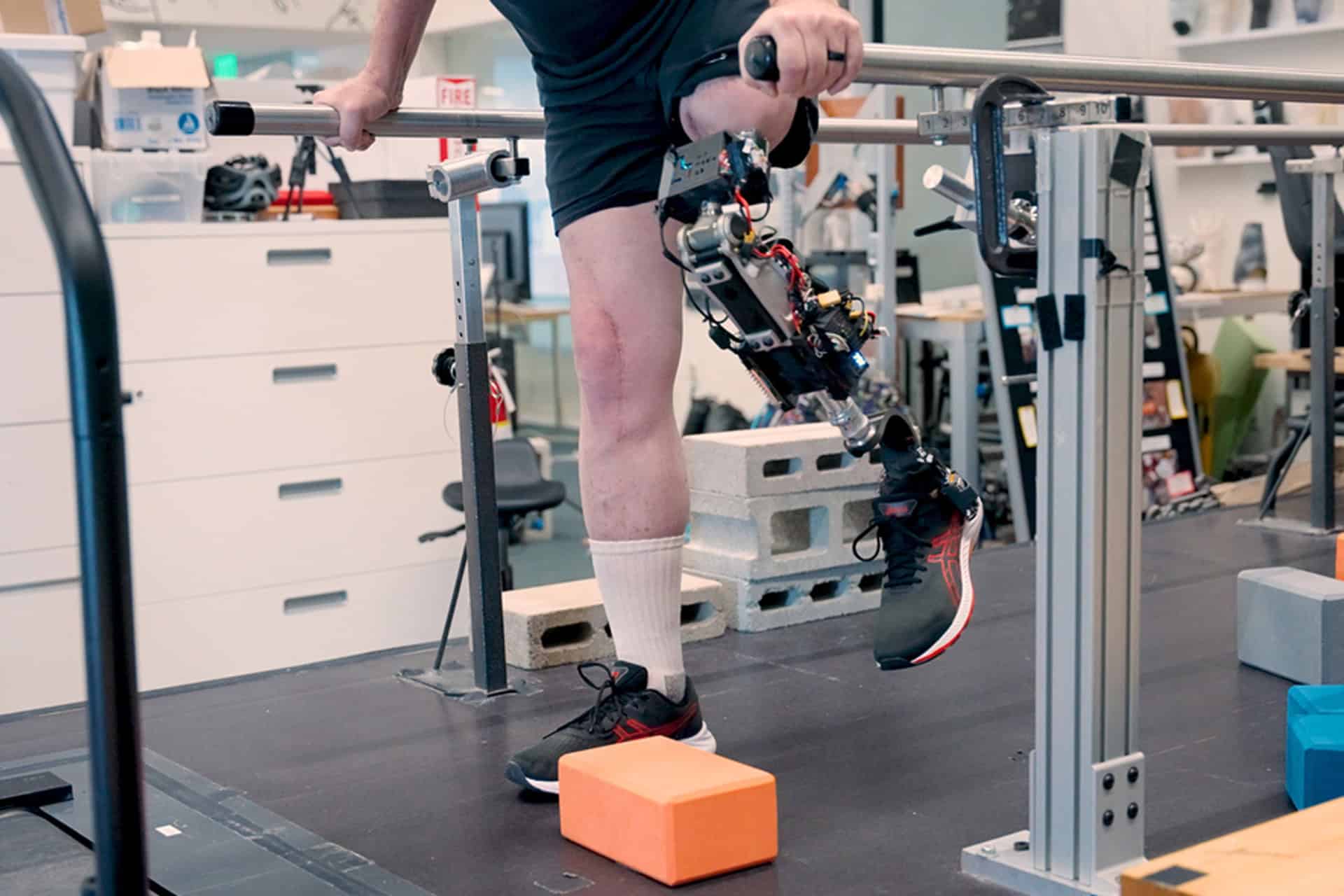A new brain prosthesis can read out inner thoughts in real time, helping people with ALS and brain stem stroke communicate fast and comfortably
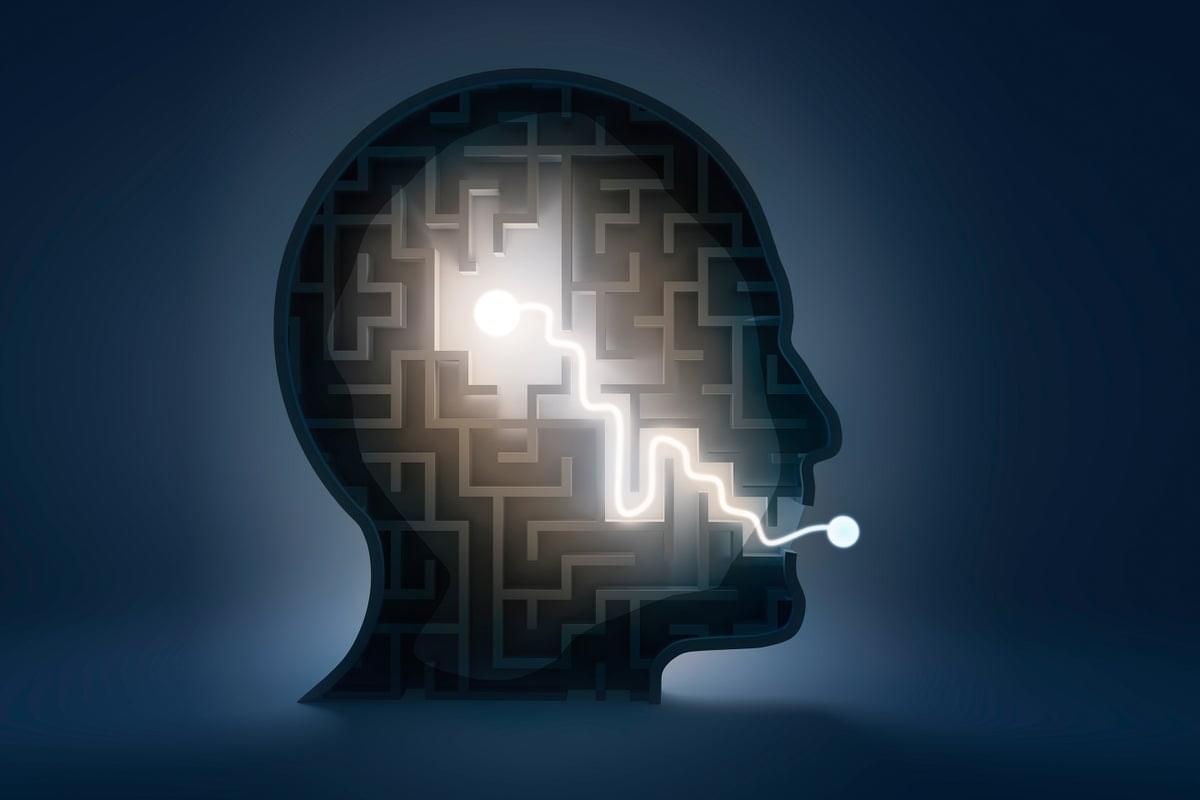


Researchers have demonstrated that brain cells learn faster and carry out complex networking more effectively than machine learning by comparing how both a Synthetic Biological Intelligence (SBI) system known as “DishBrain” and state-of-the-art RL (reinforcement learning) algorithms react to certain stimuli.
The study, “Dynamic Network Plasticity and Sample Efficiency in Biological Neural Cultures: A Comparative Study with Deep Reinforcement Learning,” published in Cyborg and Bionic Systems, is the first known of its kind.
The research was led by Cortical Labs, the Melbourne-based startup which created the world’s first commercial biological computer, the CL1. The CL1, through which the research was conducted, fuses lab-cultivated neurons from human stem cells with hard silicon to create a more advanced and sustainable form of AI, known as SBI.

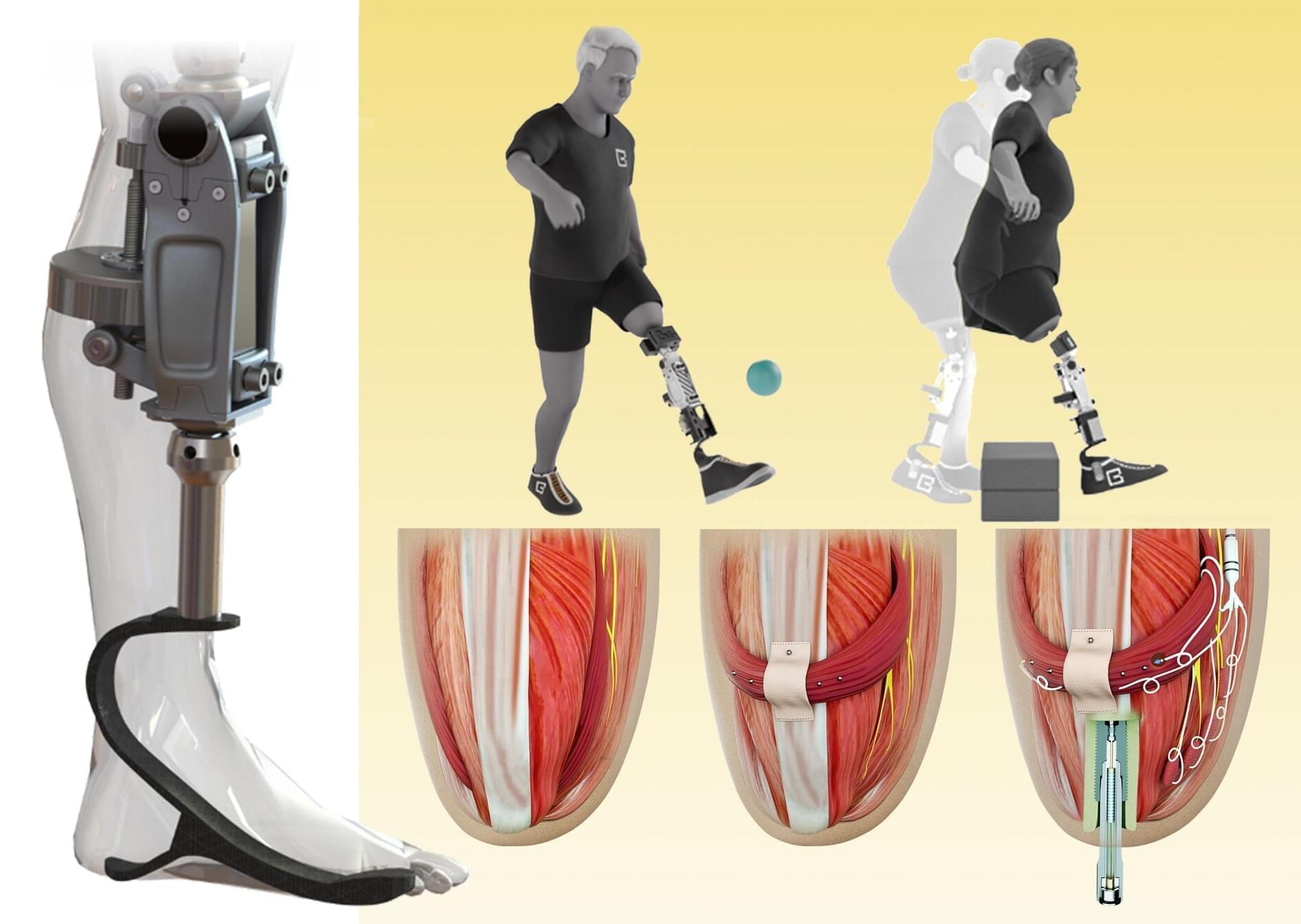
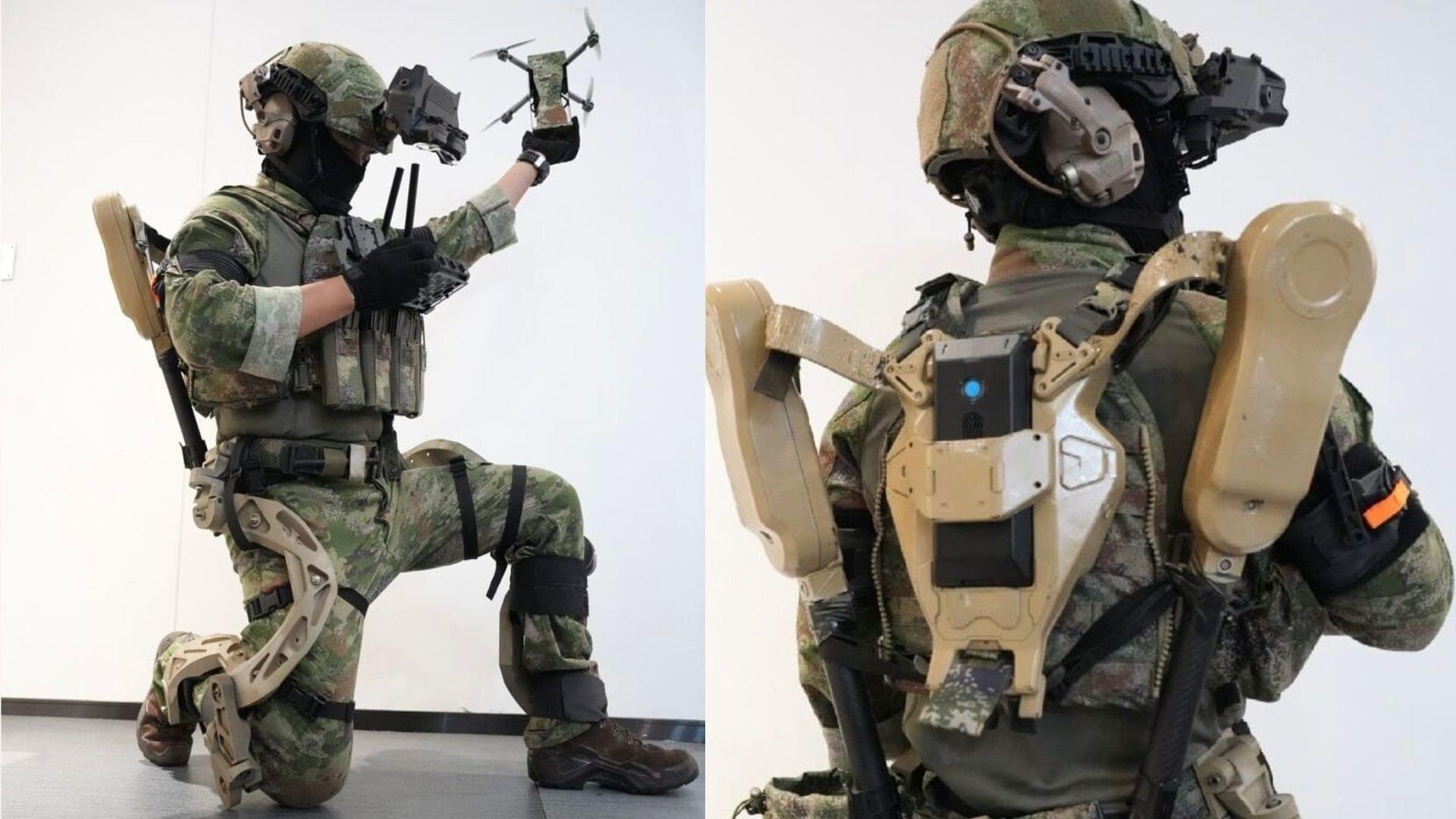
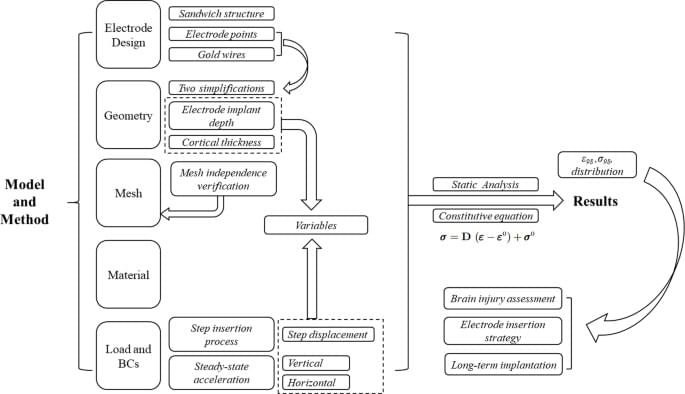
Peng, L., Wang, L., Wu, S. et al. Sci Rep 15, 19,938 (2025). https://doi.org/10.1038/s41598-025-04737-3
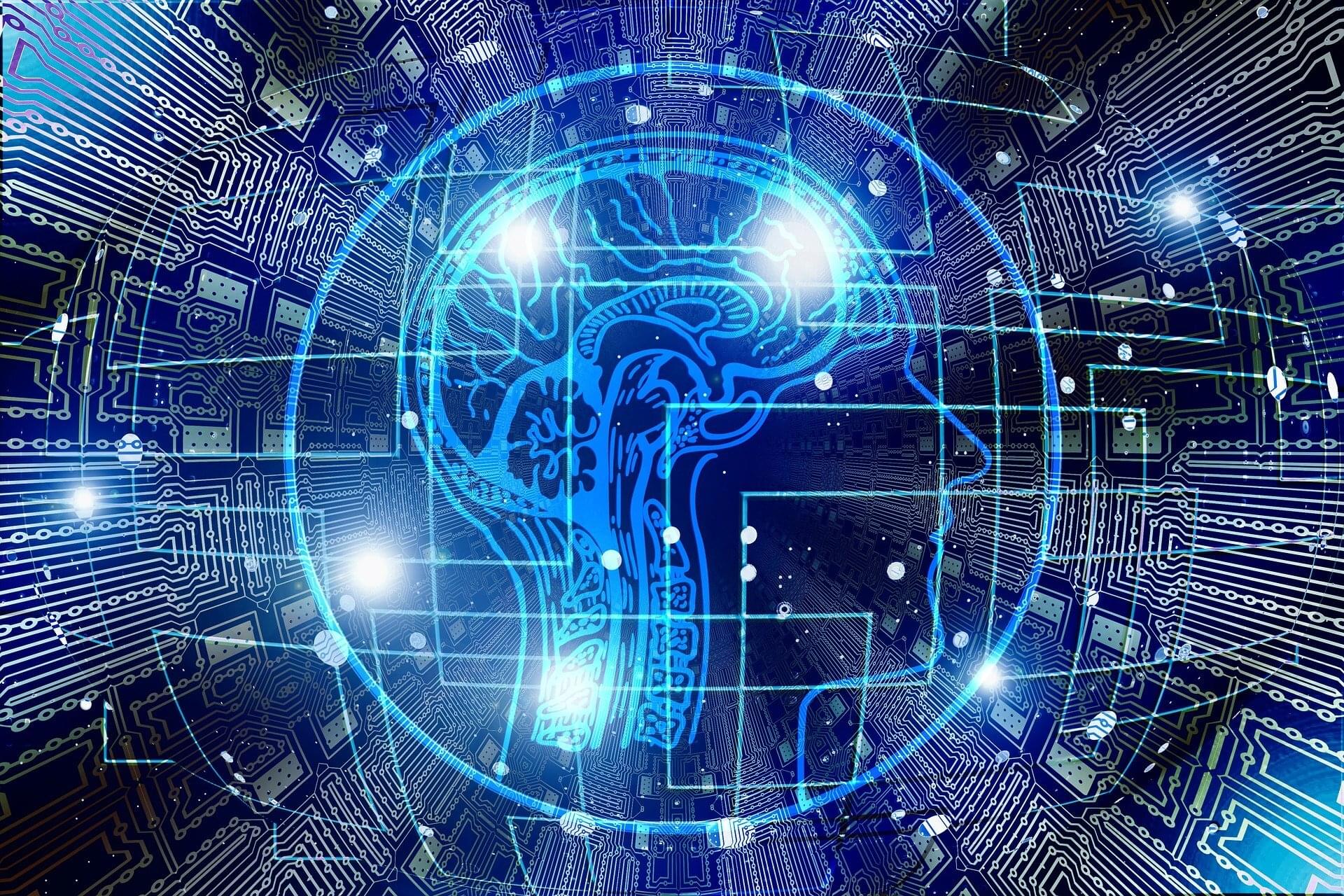
A review published in Advanced Science highlights the evolution of research related to implantable brain-computer interfaces (iBCIs), which decode brain signals that are then translated into commands for external devices to potentially benefit individuals with impairments such as loss of limb function or speech.
A comprehensive systematic review identified 112 studies, nearly half of which have been published since 2020. Eighty iBCI participants were identified, mostly participating in studies concentrated in the United States, but with growing numbers of studies from Europe, China, and Australia.
The analysis revealed that iBCI technologies are being used to control devices such as robotic prosthetic limbs and consumer digital technologies.
Directly connected to bone, the leg allows wearers to climb stairs, walk at a normal speed, and kick balls.
The hand could lead to advanced prosthetic hands for amputees or robots with the dexterity and strength to perform household task.
